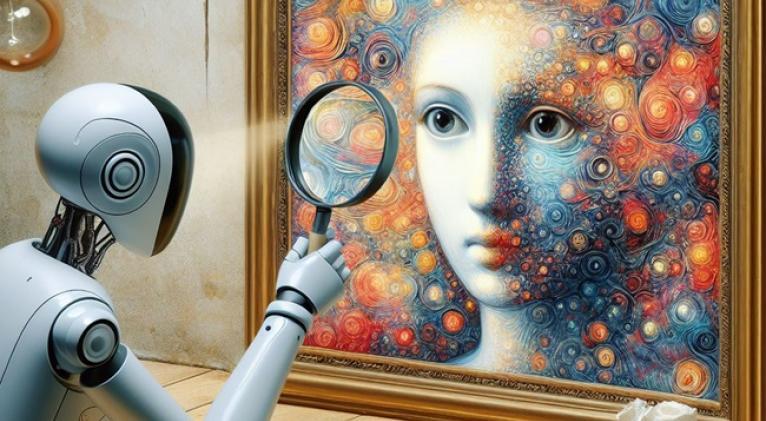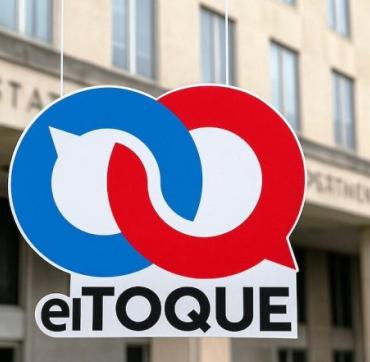Counterfeit Art: AI Also as a Detective
especiales

When systems to create images from generative artificial intelligence, such as Dall-E, Midjourney or Artbreeder, among others, began to appear on Internet, panic set in.
In many spaces there was anguish when it was assumed that plastic arts were also in danger with the emergence of AI.
It turns out now that the AI is helping to detect forgeries of works of art. Art Recognition is the technology that has already located more than 40 counterfeit paintings that were trying to sell online.
By the way, Dr. Carina Popovici, creator of this alternative in 2019, based on the outskirts of Zurich, told EFE that “despite the perception that AI represents a threat to art connoisseurs, that is far from being true, and on the contrary is dedicated to complementing art experts and traditional authentication methods.”
The designer of this software explained that "We use artificial intelligence based on a convolutional neural network, which can learn the main characteristics of an artist from authentic photographs and subsequently recognize them in a new work of art not previously seen."
Thus, these days it has been in the news, which is still being replicated, how this AI was able to determine that some works that were for sale on eBay were not authentic, like a supposed painting by Monet for which they were expecting the very high price of 599 thousand dollars; and another supposedly by Renoir, for which they were asking 165 thousand dollars.

To successfully determine whether a work of art is forged, the AI, using two types of artificial neural networks, must first train itself by familiarizing itself with images of all known works of the artist in question as well as already detected forgeries, if they exist. This is achieved through comprehensive data center service providers.
The software relies for its opinion on the brush strokes used by the artist as well as the color palette and the level of the composition, among other features.
On this interesting topic, Cuba Sí questioned Chat GPT and this was its response:
“Artificial intelligence has great potential to detect counterfeit works of art due to its ability to analyze patterns, tiny details and unique characteristics in works of art. Using techniques such as pattern recognition and machine learning, algorithms can compare a suspicious work of art to a database of authentic works to identify potential discrepancies. However, it’s important to note that AI does not completely replace human experience and judgment in the authentication of works of art, as contextual interpretation is also decisive.”
Dr. Popovici knows these truths and, based on that conviction, she assures the British newspaper The Guardian that the fakes discovered so far, currently around forty, are just the tip of the iceberg, so “People must be warned,” she advises.
Translated by Amilkal Labañino / CubaSí Translation Staff














Add new comment